After a period of downsizing or complete withdrawal by some foreign OEMs, investment in Indian production is on the rise again with the domestic vehicle makers leading the way.
The potential for big sales in India’s light vehicle market has always been tempting to overseas manufacturers but cracking the right combination of product and cost to appeal to the notoriously fickle consumers has been a major hurdle for some OEMs. But with a more focus on exports and ambitions to grow EV market penetration, investment in production operations is increasing for both domestic and international. car makers.
There are three major domestic companies, Maruti, Mahindra and Tata. They are each looking to expand their respective EV product offerings and exports. Here are some details on current investment and manufacturing growth plans.
”The expansion by Maruti Suzuki is part of a major investment programme by domestic and international manufacturers, in which Maruti Suzuki is the biggest investor by far”
Maruti Suzuki
This is the biggest manufacturer in India and plans to make 4m units per year by FY2026-27 and 8m by FY2030-31. Production in 2023 and 2024 was c1.7m in each year, so the company has remarkable expansion plans. For FY2025, the current financial year, Mauti Suzuki has told suppliers to assume total production of just under 2.4m, with 300,000 targeted for exports and just over 2m vehicles to be sold in India. Central to this expansion will be new versions of the Swift and Dzire models.
Maruti Suzuki plans to build a new factory in Gujarat, with production due to start in 2028-29 with an investment of 350 billion rupees (US$4 billion), and capacity of 1m units. The company has recently announced a fourth production line at its existing Gujarat factory, bringing production there to 1m, with 32 billion rupees (US$369m) investment. Production on the fourth line in the existing factory will start there in 2026-27.
Once the new factory is open, Maruti Suzuki will have annual production capacity of 2m units in Gujarat and 4m overall in India. Another new plant at Kharkhoda in Haryana state is scheduled to make the largest SUV in the Suzuki range, a bigger version of the Grand Vitara. In addition, EVs are due go into production at Maruti Suzuki, with exports to Europe and Japan at the centre of its EV plan, although the company has not yet revealed the timing for this, nor the models and expected volumes.
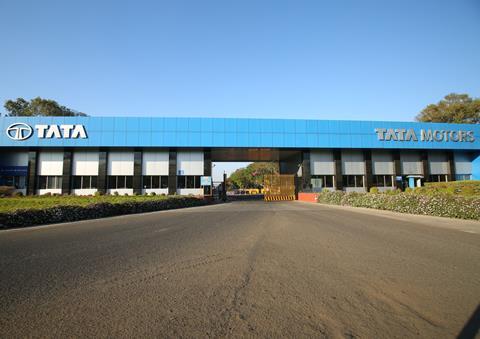
Tata
The second largest domestic manufacturer is Tata, which owns Jaguar Land Rover (JLR). Tata plans an investment of 9 billion rupees (US$1.04 billion) in a new factory at its Panapakkam site in Tamil Nadu. It is understood that some of this investment may support production of unnamed JLR models in full manufacturing operations, a major development from its existing low volume CKD JLR operations at the Tata plant in Pune.
Tata wants to achieve a 20% share of the car market by FY 2029-30, up from c14% last year. It also plans to invest heavily in the EV sector. Tata has said it will launch six new EVs by March 2026. By 2030 Tata plans to have a 30% EV penetration of its own product line-up, which it expects will be ahead of the projected 20% EV penetration for the Indian market overall. After producing between 725-750,000 units in each of the last two years, Tata plans to raise annual production towards 1m units over the next few years.
Mahindra & Mahindra
This company is expanding with some funding coming from an unusual source. It has received investment of 72.5 billion rupees (US$834m) from British International Investment (BLL) an investment and financing arm of the UK Foreign Office. This brings BII’s total investment in the company to 185 billion rupees (US$2.13 billion) giving BII (and in effect the UK government) a stake of 4.58% in Mahindra. This is part of a 160,000 billion rupees (US$1.84bn) investment in EV production planned through to FY 2026-27 at its Chakan factory; capacity of 90,000 vehicles per year will be installed there initially, potentially rising to 120,000 units annually. The first two all-new electric models will be the BE 6e sedan-like crossover and XEV 9e SUV, which will account for a little over 25% of the total investment. This expansion will take Mahindra’s annual production towards 600,000 units a year.
”Hyundai intends to raise production of its own from 820,000 to around 1.1m annual capacity by 2028, including 250,000 in a new plant…”
International VMs
As noted earlier, international vehicle companies in India have struggled in the past to realise the potential of the country’s market remain, but they remain, officially, committed to production in the country, although the scale of their investment in India is much lower, as discussed below.
Hyundai and Kia
With current annual manufacturing capacity of around 1m units between Hyundai and Kia, Hyundai-Kia is a major player in India. It has cemented its position in the country with an IPO of its Indian operations in 2024. This raised US$3.3 billion and was the largest ever IPO in the country, with the funds raised being used primarily to finance the transition to EV production and the establishment of an EV supply chain. Hyundai intends to raise production of its own from 820,000 to around 1.1m annual capacity by 2028, including 250,000 in a new plant, which will come on stream in the second half of 2025. A further 130,000 units capacity comes from the former GM plant at Talegaon. Most of Hyundai’s planned expansion of production in India will be in small SUVs, notably the Creta and Venue models, and future electric versions thereof. Sister brand Kia (which has around 300,000 units capacity of its own) will continue to focus its output on small SUVs as well, especially Sonet and Seltos.
Toyota
Although it is the second largest international vehicle company in India, Toyota is a relatively small player in India, making only 250-260,000 units per year in recent times, although capacity in its existing factories in Karnataka is currently 340,000 units annually. Toyota’s Indian operations take place in a JV with local company Kirloskar and currently comprise a car plant and a nearby engine plant; a second car plant is due to come on stream in 2026, adding 100,000 units annual capacity.
In addition, Toyota and Kirloskar are planning a third factory, to make electric and hybrid vehicles. This factory, in Maharashtra, should be operational by January 2026. This will see an investment of US$2.5 billion, with a capacity of 400,000 upa, although the models planned remain to be confirmed. With an ultimate total capacity of around 740,000 units per year in India, Toyota will need to boost sales significantly and generate substantial export sales to fully utilise all this capacity.
Volkswagen
Volkswagen India can make 240,000 units per year in Chakan near Pune, but output in 2024 was only around 100,000 units, down from 133,000 in 2023. The factory exported over 44,000 vehicles in 2023-24, a 63% year-on-year rise, from 27,137 the year before. The biggest export model was the Virtus sedan, based on the Polo MK6, followed by the Taigun small SUV (the equivalent model in Europe is the Nivus, with the Taos and Tharu names used elsewhere in the world). Although exports are growing Volkswagen is some way off fully utilising its factory in India.
Volkswagen is expanding its production line-up of Skoda models in India. One of the key models is the Skoda Kylaq, a small SUV. The OEM already exports fully assembled cars (including the compact Skoda Kushaq SUV) to the Middle East, including Saudi Arabia, and kits to Vietnam. It is now looking at Kazakhstan as an export destination, partly as a replacement for Russia. Volkswagen India had been exporting as many as 100,000 units a year to Russia ahead of the invasion of Ukraine and would no doubt like to replace this volume one way or another.
However, Volkswagen’s Indian operations have been caught up in a major tax dispute with the government (see box below), which could undermine its long-term commitment to the country.
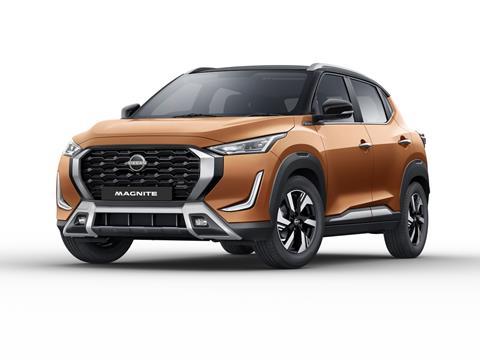
Renault-Nissan
Nissan and Renault have operated a joint manufacturing plant in Chennai for many years, but this is now coming to an end reflecting how the two companies are drifting apart in most parts of the world. However, Renault will continue to build Nissan models under contract, at the Chennai plant, which has a capacity of around 500,000 units per year. Capacity utilisation in recent years has been less than 50%, but with new models coming on stream soon, notably the Nissan Magnite, the hope had been that utilisation will reach 80% this year or next.
Before the decision that Nissan would exit the JV in India was announced, Renault and Nissan were investing around US$600m in Chennai to make six new models, three for each brand including one EV each, in the A-segment. The non-EV models will all be crossover-SUVs, with the Renault models using the Kwid, Kiger and Triber names. It is understood that this will continue but with Renault deciding on future investment plans.
Nissan already exports the Magnite to 65 countries. This model had been destined to play a key role in Nissan’s plans to export 100,000 vehicles between 2024 and 2026. Nissan India’s Managing Director has described the Indian factory as “a massive export hub”, adding that any vehicles made there for the local market will also be exported. The factory in Chennai can make 480 Nissan vehicles a day but only made around 170-180 a day last year, with half of these exported. How this will develop now that Nissan will simply source vehicles from the factory on an OEM basis remains to be seen
Tax challenges for global players in India
Volkswagen’s plans in India are in flux. It faces a claim from the Indian government for US$1.4 billion for having underpaid tax on imported components. Essentially, the Indian government is arguing that Volkswagen should have been paying 30-35% on components as the government regards them as CKD kits. By contrast the company had been paying 5-15% on the grounds that they were loose components for a full manufacturing operation. The case is now going through the appeal process in India and will doubtless occupy lawyers and accountants for some time to come. Mercedes, BMW, Volvo and Maruti-Suzuki have been paying import duties at the CKD import rate, and this could prove decisive on the grounds of precedence. Kia, meanwhile, has been hit with a smaller fine, around USD$155m, for falling foul of similar import duty rules in the eyes of the Indian government.
Honda
The Japanese OEM made around 124,000 vehicles in India in 2023, with three models accounting for most of the production, Amaze (c46,000), City (c39,000) and Elevate (c32,000). Production fell significantly in 2024 to just 71,000, with the City experiencing the biggest fall by around two-thirds to just over 13,000.
Honda is reorientating its Indian production lineup from hatchbacks and sedans to SUVs, including the Elevate, a direct competitor to the successful Hyundai Creta, alongside the Amaze and Civic. It is planning to add an electric version of the Elevate and a larger seven-seater SUV model.
Stellantis
While being a relatively smaller player in India, Stellantis is reportedly planning to invest US$240m in the country, in the Citroen brand, through to 2030. Production is likely to focus on new version of the C3 programme, in hatchback and crossover formats. Stellantis will be looking for a recovery in production which totalled c39,000 in 2023 but fell to 11,000 in 2024. In addition, Stellantis has been making around 12,000 Jeep Compass models per year but the long-term plans for this programme are uncertain (the model’s electric replacement in North America, which was due to be made in Canda, has recently been delayed).








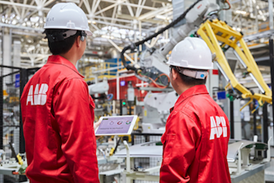

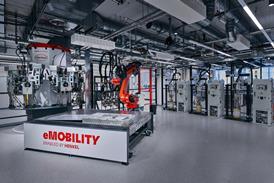





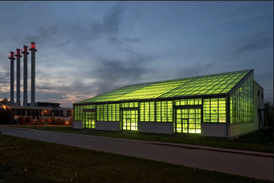
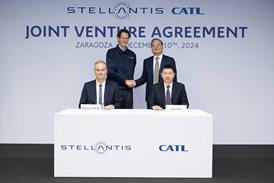


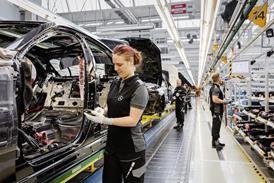

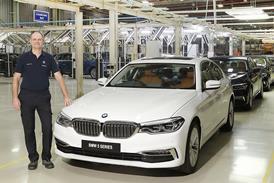






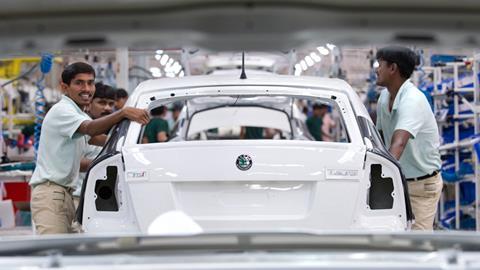
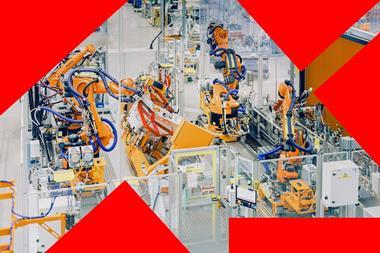
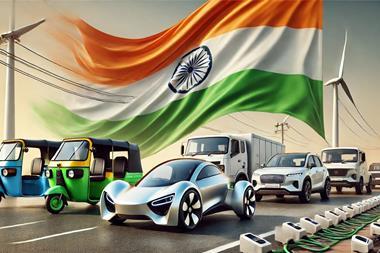
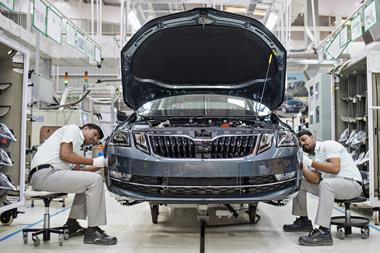
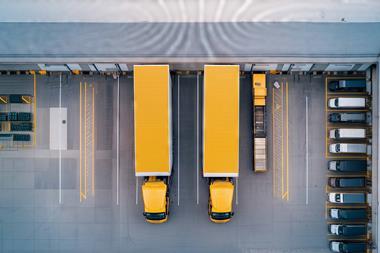
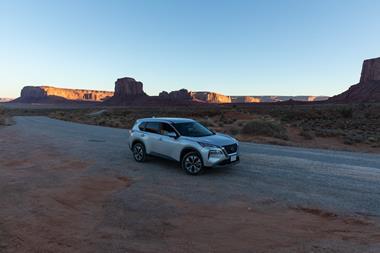




No comments yet